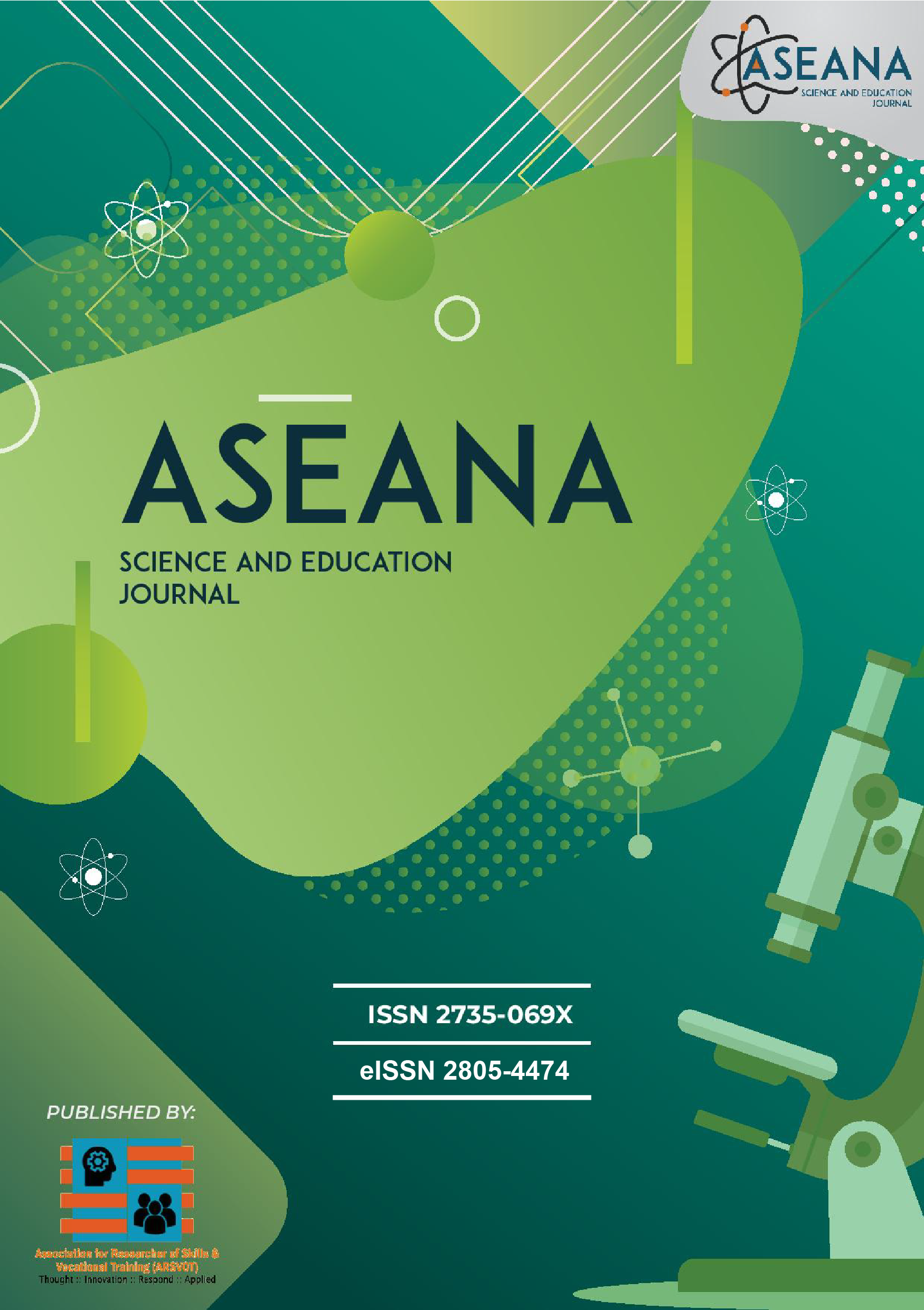Nonlinear Dynamical Systems for Malaria Transmission and Control: Ross-Macdonald Model
DOI:
https://doi.org/10.53797/aseana.v1i2.1.2021Keywords:
Malaria, Ross–Macdonald, Jacobiant resultsAbstract
Malaria was declared an emergency in Nigeria and strategies for the control of Malaria in Nigeria were adopted to reduce its prevalence to a level at which the disease will no longer constitute public health problems. In this work, we presented a deterministic (Ross–Macdonald model susceptible, expose/ infected, infectious and recovered) model incorporating the method of control adopted by national Malaria and leprosy control program. We established the disease free and the endemic equilibrium states and carried out the stability analysis of the disease. Free and the equilibrium state. We also carried out numerical simulation of the model to have an insight into the dynamics of the model. We found out that the disease free equilibrium state is stable. The feedback dynamics from mosquito to human and back to mosquito involve considerable time due to the incubation periods of the parasites. In this paper, taking explicit account of the incubation periods of parasites within the human and the mosquito, we first propose a Ross–Macdonald model. The Jacobiant results showed that it would be very difficult to completely eradicate Malaria from Nigeria using the method adopted by national Malaria and leprosy control program.
Downloads
References
Onwuemele Andrew. An assessment of the spatial pattern of malaria infection in Nigeria, International Journal of Medicine and Medical Sciences, Vol. 6(2), pp. 80-86, February 2014
WHO, World malaria, 2012, http://www.who.int/en/.
Herbert W. Hethcote. The Mathematics of Infectious Diseases. Society for Industrial and Applied Mathematics. SIAM Review, Vol. 42, No. 4, pp. 599–653, 2000.
A. S. Talawar, U. R. Aundhakar. A Study of Malaria Epidemic Model Using the Effect of Lost Immunity. International Journal of Science and Research (IJSR) Volume 4 Issue 12, December 2015.
S. Gupta, J. Swinton, and R. M. Anderson, “Theoretical studies of the effects of heterogeneity in the parasite population on the transmission dynamics of malaria,” Proceedings of the Royal Society B, vol. 256, no. 1347, pp. 231–238, 1994.
R. Ross, “An application of the theory of probabilities to the study of a priori pathometry,” Proceedings of the Royal Society A, vol. 92, pp. 204–230, 1916.
G. A. Ngwa and W. S. Shu, “A mathematical model for endemic malaria with variable human and mosquito populations,” Mathematical and Computer Modelling, vol. 32, no. 7-8, pp. 747–763, 2000.
G. A. Ngwa, “Modelling the dynamics of endemic malaria in growing populations,” Discrete and Continuous Dynamical Systems B, vol. 4, no. 4, pp. 1173–1202, 2004.
N. Chitnis, J. M. Cushing, and J. M. Hyman, “Bifurcation analysis of a mathematical model for malaria transmission,” SIAM Journal on Applied Mathematics, vol. 67, no. 1, pp. 24–45, 2006.
N.Chitnis, D. Hardy, and T. Smith, “A periodically-forced Mathematical Model for the seasonal dynamics of malaria in mosquitoes,” Bulletin of Mathematical Biology, vol. 74, no. 5, pp. 1098–1124, 2012.
F. Chamchod and N. F. Britton, “Analysis of a vector-bias model on malaria transmission,” Bulletin of Mathematical Biology, vol. 73, no. 3, pp. 639–657, 2011.
S. Ruan, D. Xiao, and J. C. Beier, “On the delayed Ross-Macdonald model for malaria transmission,” Bulletin of Mathematical Biology, vol. 70, no. 4, pp. 1098–1114, 2008.
Y. Xiao and X. Zou, “Can multiple malaria species co-persist?” SIAM Journal on Applied Mathematics, vol. 73,no. 1, pp. 351–373, 2013.
Downloads
Published
How to Cite
Issue
Section
License
Copyright (c) 2021 Chiwa Musa Dalah, Umar Yusuf Madaki, Ahmad Audu Daya

This work is licensed under a Creative Commons Attribution-NonCommercial-ShareAlike 4.0 International License.



